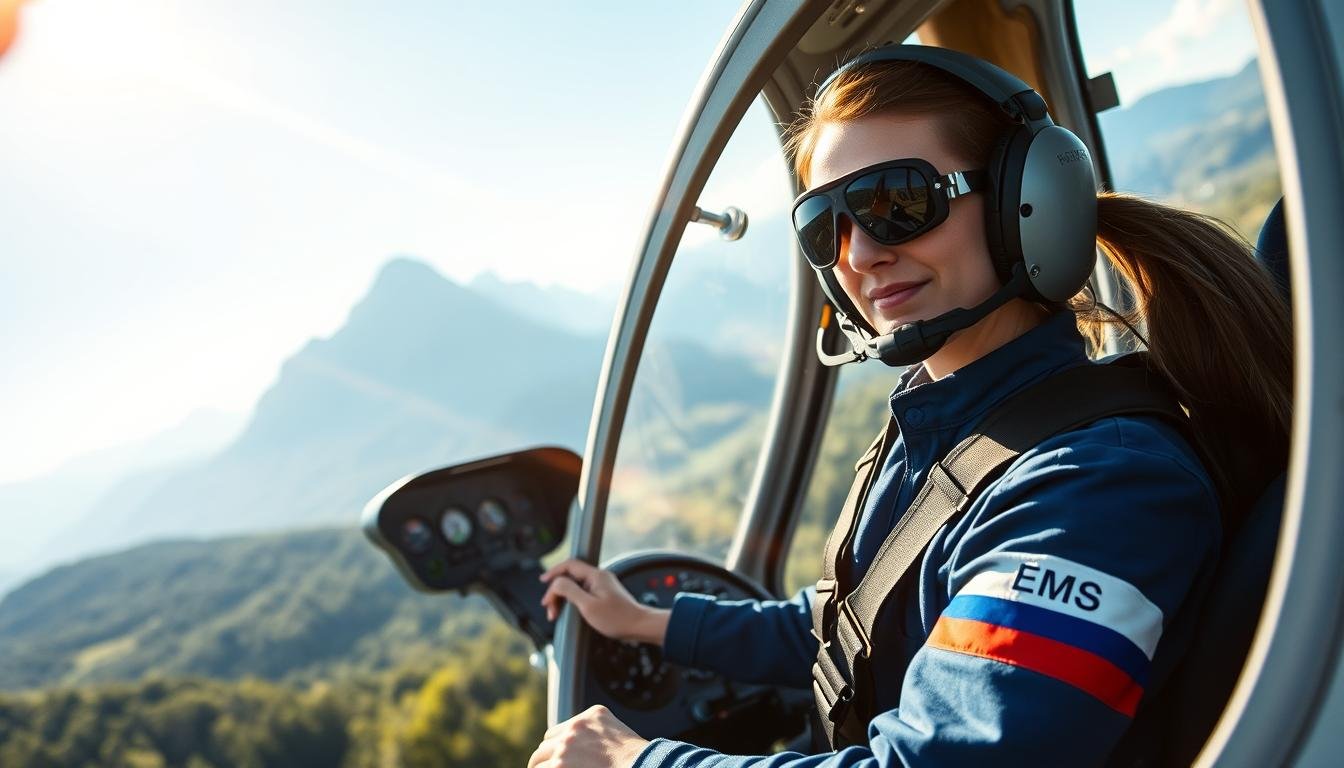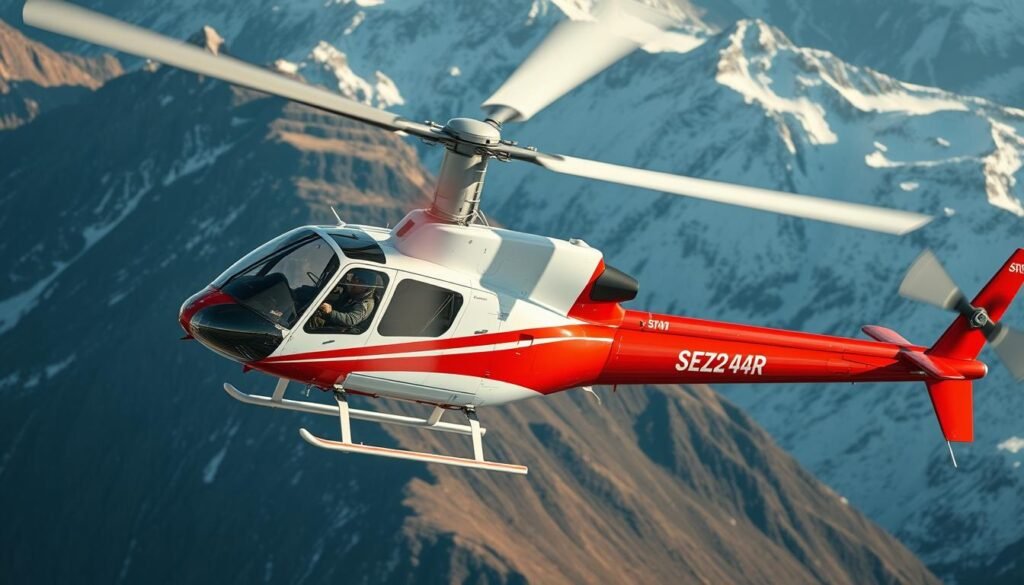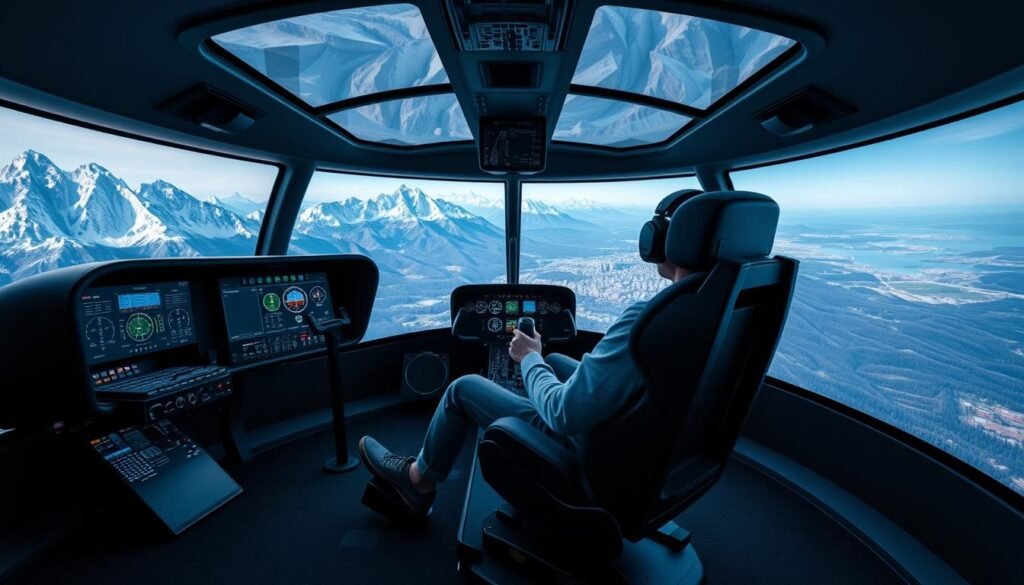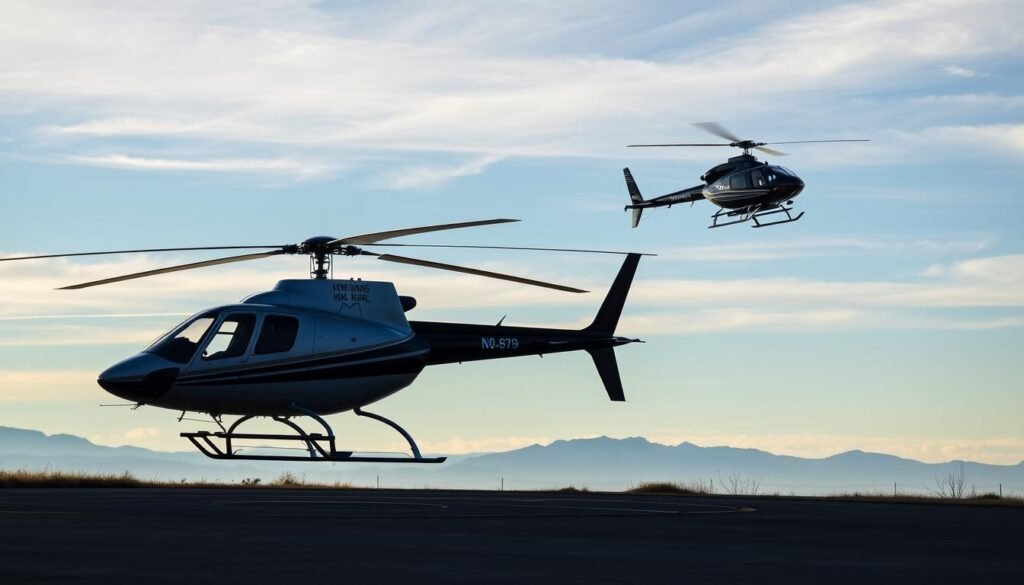Only about 8.4% of pilots are women, yet their impact on medical air transport is growing fast and saving lives across the United States.

Pioneers like Maria Mancano and Samantha Poirier proved that dedication and skill change outcomes for people in crisis. Mancano flew with STAT MedEvac in Pittsburgh during the 1990s, and Poirier now serves as LifeLine’s first female helicopter pilot at UCHealth Medical Center of the Rockies.
Today’s programs expect rigorous experience — often thousands of PIC hours, turbine time, night and cross-country work, and type-specific familiarity with models such as the EC145 or Bell 212. Teams usually include a pilot, nurse, and medic who coordinate under pressure to reach patients fast.
This article frames how representation expands access to care, highlights real training paths, and explains why a pilot’s judgment matters during time-critical missions. For further reading on field challenges and pilot stories, see a practical overview of pilot requirements and missions and a profile on career paths and advice.
Key Takeaways
- Representation matters: More diverse crews improve access and trust for communities.
- Pilot qualifications are strict — hours, turbine time, and type ratings are common requirements.
- Notable pilots like Mancano and Poirier show clear career pathways and community impact.
- Teams operate day and night; coordination between pilot, nurse, and medic is critical.
- The field is evolving with mentorship and proven programs that build a lasting pipeline.
Explore pilot requirements and operational challenges and find practical career advice from a profile at a pilot’s firsthand story.
From Barriers To Bases: The Present-Day Landscape Of EMS Helicopter Careers
Today’s emergency flight bases blend strict experience standards with clearer pathways for new pilots.
Why Representation Matters When Seconds And Flight Hours Count
National FAA data cited by Aspirus shows only 8.4% of pilots are women, yet some regional programs move faster. For example, Aspirus MedEvac lists two women among eight pilots, or 25% representation.
Operationally, crews must answer a call and depart quickly. Pilots often cover about a 200-mile radius from base and face varied medical scenarios under pressure.
“Programs that pair clear hours thresholds with mentorship create safer, swifter responses and open real opportunity at the base.”
| Requirement | Typical Threshold | Why It Matters |
|---|---|---|
| PIC Hours | ~2,500 | Builds judgment for complex flights |
| Turbine Time | ~1,000 | Engine familiarity for reliability |
| Night/IFR | ~500 / NVG or IFR | Safe operations after dark |
| Type Familiarity | Program dependent | Specific cockpit and performance skills |
- Representation and role models raise recruitment and retention today.
- Transparent ladders tie hours and experience to clear opportunity.
- Inclusive base cultures reduce bias and improve safety on every flight.
Women In EMS Helicopter Aviation: Success Stories That Inspire Action
Personal journeys from training fields to active bases highlight how pilots turn skill into lifesaving service. These profiles show practical steps, and how mentorship and steady hours create real opportunity for others.
Maria Mancano: First Female EMS Pilot In Pittsburgh Reflects On Crew, Career, And Community
Maria Mancano was the first female pilot serving Pittsburgh with STAT MedEvac (1993–1999) based at M-4. She built hours through instruction and natural resource flying before meeting the program’s thresholds for PIC, turbine, cross-country, and night work.
“Camaraderie and mentorship changed the way the crew worked and made every flight safer.”
Megan Meier And Sarah Snell: Wisconsin Pilots Turning Passion Into Lifesaving Flight
Megan Meier (MedEvac Air 1, Woodruff) followed a passion to help and has 12 years on the job. Sarah Snell (MedEvac Air 2, Mosinee) brings 22 years of steady judgment and readiness for a roughly 200-mile response.
Samantha Poirier: From Family Emergency To EMS Helicopter Pilot At The Same Base
Samantha Poirier became the first female LifeLine pilot at UCHealth after a family medevac inspired her path. She funded training with scholarships and jobs, works a 7-on/7-off schedule, and flies an Airbus H125 with a crew that includes a nurse and medic.
By The Numbers Today: Women Are 8.4% Of Pilots, But Regional Crews Show Rapid Progress
The FAA figure of 8.4% of pilots frames the national gap, while regional crews often exceed that share. Local success stories act as signals that a clear way to the flight deck exists and that a base can welcome new talent.

Training, Teamwork, And The Call To Help Others: How Pilots Build A Career In EMS Aviation
Building a career on air-medical teams requires a clear mix of logged hours, technical skill, and calm judgment. This section outlines the concrete steps that move a candidate from school and early flight work to a full base role.
Flight Hours, Night Experience, And Aircraft Models: What Programs Look For
Programs typically require roughly 2,500 PIC hours, about 1,000 turbine hours, ~200 cross-country, and ~500 night hours. Some bases also ask for IFR or NVG qualifications.
Familiarity with specific models—EC145, Bell 212, MD500D, Airbus H125—helps a pilot predict performance and manage EMS loads.
Life On Base And On Call: Day And Night Shifts, Crew Coordination, And Patient Focus
Base routines follow a tight cadence: brief, inspect, preflight, and stand by for a call. Crews rotate through day and night blocks to maintain readiness.
Poirier’s schedule shows the pattern: seven 12-hour day shifts, seven off, then seven 12-hour night shifts with handoff briefings, maintenance checks, and continuing education between missions.
The three-person crew model pairs a pilot with a flight nurse and a medic to keep patient priorities aligned with safe flight decisions.
Mentorship, Role Models, And Resilience: Navigating A Competitive Field
Mentorship accelerates real-world learning by turning complex missions into teachable moments. Role models and feedback loops help new hires close gaps and step up.
Resilience grows through varied weather, long rotations, and repeated practice — all aimed at one mission: to help others when the margin for error is smallest.

| Requirement | Typical Threshold | Why It Matters | Notes |
|---|---|---|---|
| PIC Hours | ~2,500 | Builds judgement across varied flights | Common baseline for hiring |
| Turbine Time | ~1,000 | Engine familiarity for reliability | Valued for turbine-specific models |
| Night / NVG / IFR | ~500 / NVG or IFR | Safe operations after dark | Critical for night shift readiness |
| Model Familiarity | Program dependent | Predicts systems behavior and performance | EC145, Bell 212, MD500D, Airbus H125 |
- Programs prioritize proficiency proven through hours and documented experience.
- Night work trains judgment about weather, terrain, and workload.
- On-base routines and mentorship turn training into reliable mission performance.
Conclusion
Concrete standards, mentors, and clear ladders turn training time into real rescue readiness. Local milestones, like first pilots at regional bases, show how representation raises trust for people who need care fast.
Programs that fund role models and mentorship reduce barriers and make a career path visible. The journey often takes years, but steady experience pays off each time a crew launches to save life and bring patients home.
Prospective candidates should map their hours, seek mentors, and study funding models. The future depends on pilots and crews who keep learning, share lessons between missions, and pass along what worked so the next generation is ready to fly.
FAQ
What qualifications are required to become an EMS helicopter pilot?
Prospective pilots typically need a commercial pilot certificate with an instrument rating, an FAA medical certificate, and specific rotorcraft training. Programs often require 1,200–1,500 total flight hours or significant turbine time. Candidates must demonstrate night flying, instrument approaches, and low-altitude operations. Ongoing training and recurrent checks keep crews mission-ready.
How long does training take before flying medical missions?
Training timelines vary. Initial flight school to commercial certification can take 1–3 years. Accumulating required hours and turbine experience may add 2–5 years. Once hired by an operator, pilots undergo company-specific training that includes aircraft systems, patient-loading procedures, and emergency drills, typically lasting several weeks to months.
What aircraft models are commonly used for medical transport?
Common single- and twin-engine rotorcraft include the Airbus H145, Bell 407, and Sikorsky S-76. Choice depends on mission scope, range, cabin space, and night capability. Operators pick airframes that balance speed, payload, and patient-care access for the communities they serve.
How do crews balance shift work with family life?
Crews use predictable scheduling, cross-coverage, and on-base support to handle long shifts and unpredictable launches. Employers often offer flexible rostering, peer support programs, and access to counseling. Many pilots cite clear communication with partners and strong base camaraderie as key to maintaining family balance.
What role does mentorship play in advancing careers?
Mentorship accelerates skill development and career progression. Seasoned pilots provide guidance on turbine transition, instrument proficiency, and crew resource management. Formal mentorship programs and flight schools that pair junior pilots with experienced instructors reduce attrition and build leadership pipelines.
Are there scholarships or programs that support entry into rotorcraft careers?
Yes. Aviation universities, nonprofit foundations, and some operators offer scholarships, cadet programs, and tuition assistance for rotorcraft ratings. Organizations such as the Aircraft Owners and Pilots Association and industry-specific foundations list funding opportunities and pathways for aspiring pilots.
How do operators measure readiness for night and instrument missions?
Readiness combines logged night and instrument flight hours with successful checkrides and simulator sessions. Operators require recurrent night vision or instrument training, scenario-based assessments, and supervised low-level routes. Safety management systems track competency over time.
What are typical career paths after gaining EMS helicopter experience?
Pilots often move from turbine transition roles to leadership positions such as chief pilot or training officer. Others shift into fixed-wing aeromedical operations, EMS program management, or public safety aviation. Clinical crew members may advance to critical care flight nurse or paramedic instructor roles.
How do bases ensure patient-focused care during flights?
Crews train in loading protocols, cabin ergonomics, and in-flight medical support to protect patient stability. Coordination between pilots and medical staff emphasizes smooth transfers, noise and vibration mitigation, and quick handoffs with receiving hospitals to preserve continuity of care.
What progress has the industry made toward greater representation among pilots and crew?
The industry shows steady gains through targeted recruitment, mentorship, and scholarship initiatives. Regional operators and air medical programs report increasing diversity on crews, driven by outreach to flight schools and partnerships with aviation communities. Continued investment in training pipelines is expanding access.



